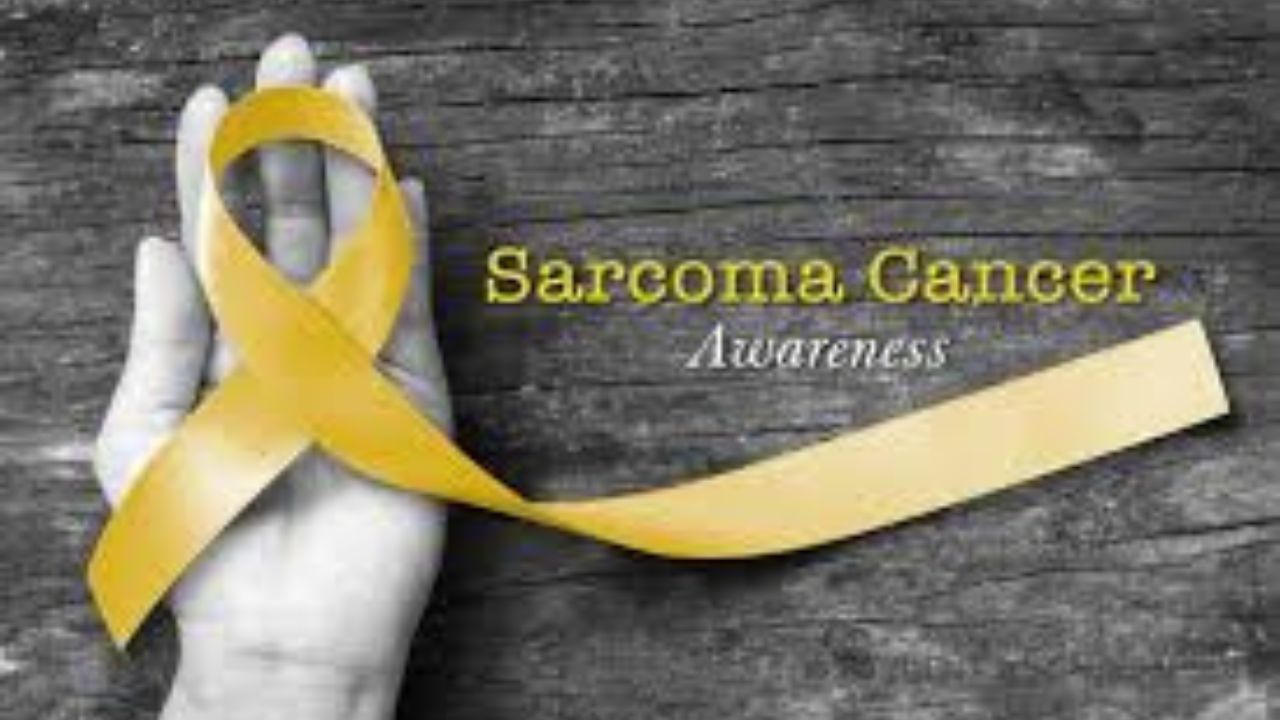Less than 1% of adult cancers are sarcomas, which are rare malignant or cancerous tumors. Blood arteries, nerves, muscles, and the tissues that surround bones and joints all contribute to its development in connective tissues and bones. Although it can affect anyone, people between the ages of 40 and 50 are more likely to experience it. The location and size of the tumor affect the sarcoma’s symptoms.
Listed here are sarcoma kinds, symptoms, risk factors, and available treatments.
It falls under the broad categories of bone sarcoma and soft tissue sarcoma. Muscles, joints, fat, nerves, and deep skin tissues can all develop soft tissue sarcoma. Osteosarcoma and Ewing’s sarcoma are two types of bone sarcomas that can develop from long bones and are typically found in children and teens.
Sarcoma symptoms
The symptoms typically manifest as swelling in the affected extremity, which is typically painless at first before growing larger. Before deciding on a course of treatment, pertinent tests are needed because they typically present in advanced stages and have a propensity to expand to distant places, most frequently the lungs.
Who is in danger?
The risk factors for sarcomas are poorly understood, however they may include a number of genetic syndromes like neurofibromatosis (NF1), also known as Von Recklinghausen’s disease, Li-Fraumeni syndrome (LFS), and retinoblastoma, which predispose for the development of this lethal disease (Rb).
Adults with AIDS are particularly vulnerable to Kaposi Sarcoma and other sarcomas. Patients who received radiation therapy earlier often develop secondary soft tissue or bone sarcomas. Studies have linked smoking during pregnancy or prenatal exposure to specific medications as risk factors for childhood sarcomas.
Sarcomas have also been linked to specific professions, such as those of carpenters, farmers, and construction workers who may be exposed to certain chemicals, increasing their risk of acquiring this cancer.
Additional factors might include excessive alcohol or smoke usage.
Treatment
Sarcoma management requires a multidisciplinary team that comprises, among others, a surgical oncologist, a radiation oncologist, a medical oncologist, a radiologist, a pathologist, a psychologist, and a geneticist. Surgery, chemotherapy, and radiation therapy are available as forms of treatment, with the order of these based on the disease’s stage. If the signs are not ignored and early help is sought in a facility with experience with this group of neoplasms, the sarcoma can be handled.

 English
English






